With climate change impacting our weather patterns, we seem to be seeing more extreme weather events in the UK – as well as across the world.
While these events seem to be becoming more frequent, they're not new. Since records began back in 1766 (and long before then), Britain has seen some deadly storms batter their way across the country, destroying farmland, buildings and killing hundreds of people. Here, we take a look as some of the most dramatic storms.
- Britain's weirdest weather phenomena
- How to predict the weather using clouds
- The Great Storm of 1987: what happened and how did it change weather forecasting?
Britain's worst ever storms
Bristol Channel floods – 1607

This sudden deluge occurred on 30th January 1607, resulting in more than 2,000 people drowning and devastation to farmland and livestock. Historians generally agree that the floods were caused by a storm surge at spring tide – but in 2002, researchers Simon Haslett and Ted Bryant published evidence that the flood might have been caused by a tsunami.
Great storm of 1703

The Great storm of 1703 was arguably the worst storm or natural disaster to ever hit the United Kingdom. Without warning, the storm battered the country for more than a week, killing between 8,000 and 15,000 people. Southern England was worst affected, and the first Eddystone Lighthouse was swept away. Robinson Crusoe author Daniel Defoe even wrote a book about it: The Storm, published in 1704.
Eyemouth Disaster – 1881
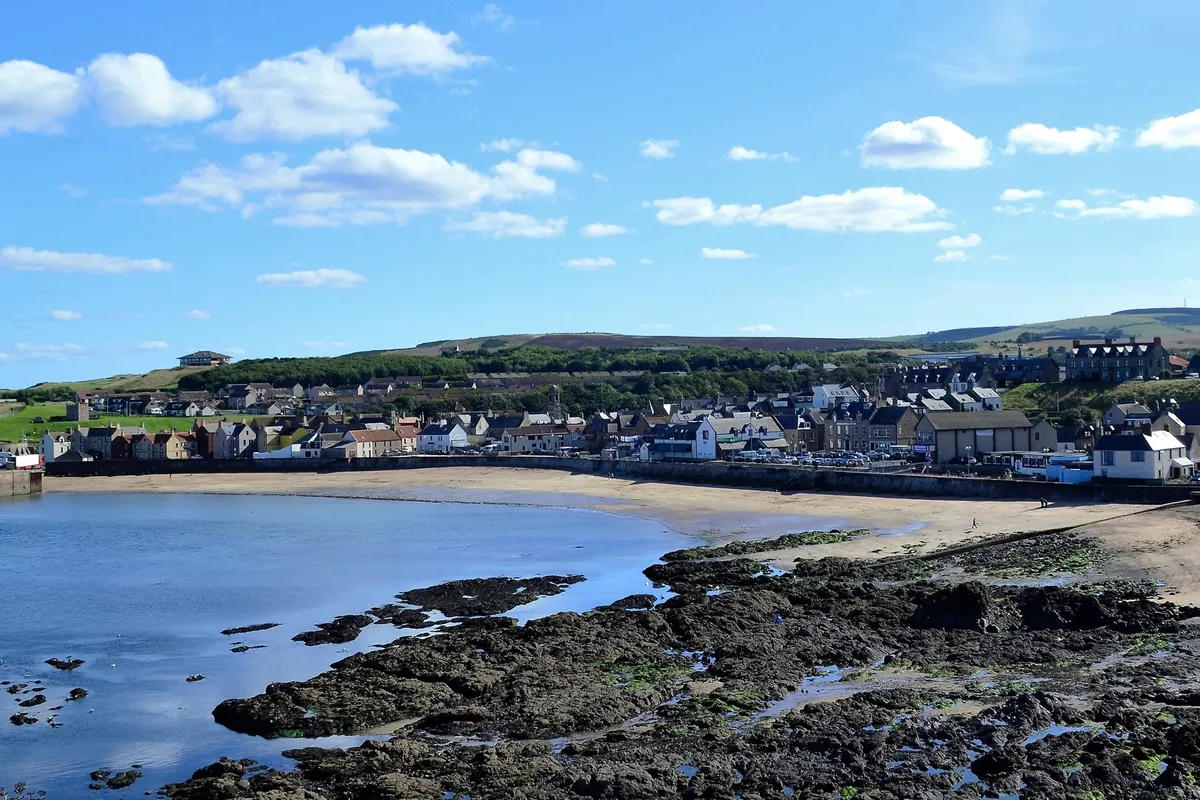
A severe storm struck the southern coast of Scotland on 14th October, 1881. Strong winds capsized several fishing boats, and 189 fishermen drowned as a result. 129 of the fishermen were from the village of Eyemouth, and the citizens of the village still refer to the disaster as Black Friday.
The Great Blizzard – 1891
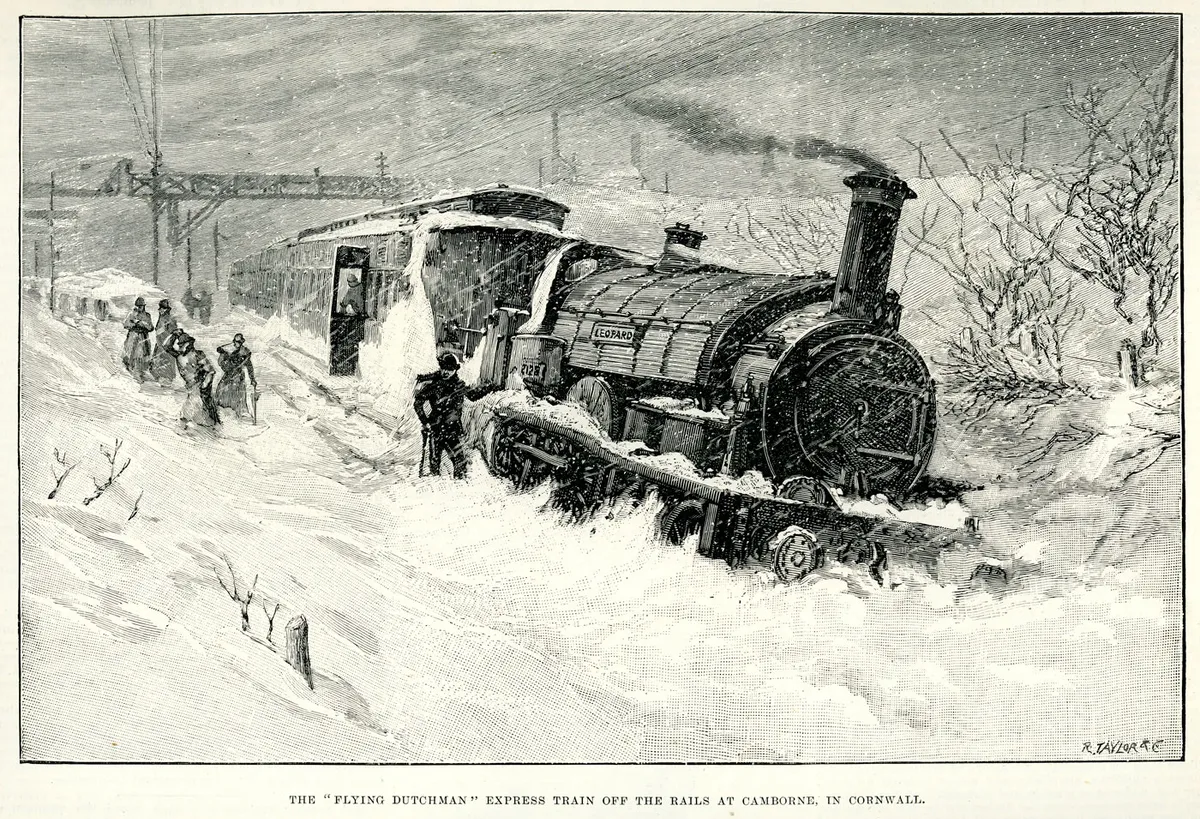
For four long days, Cornwall and Devon were almost entirely cut off from the rest of Britain. Violent gales bought down trees, temperatures plummeted below zero and snow drifted in places up to 15 feet high. 200 people perished, along with 6,000 animals. Roads and railways became impassable, and telephone and telegraph lines were taken out of commission.
Great North Sea Flood - 1953
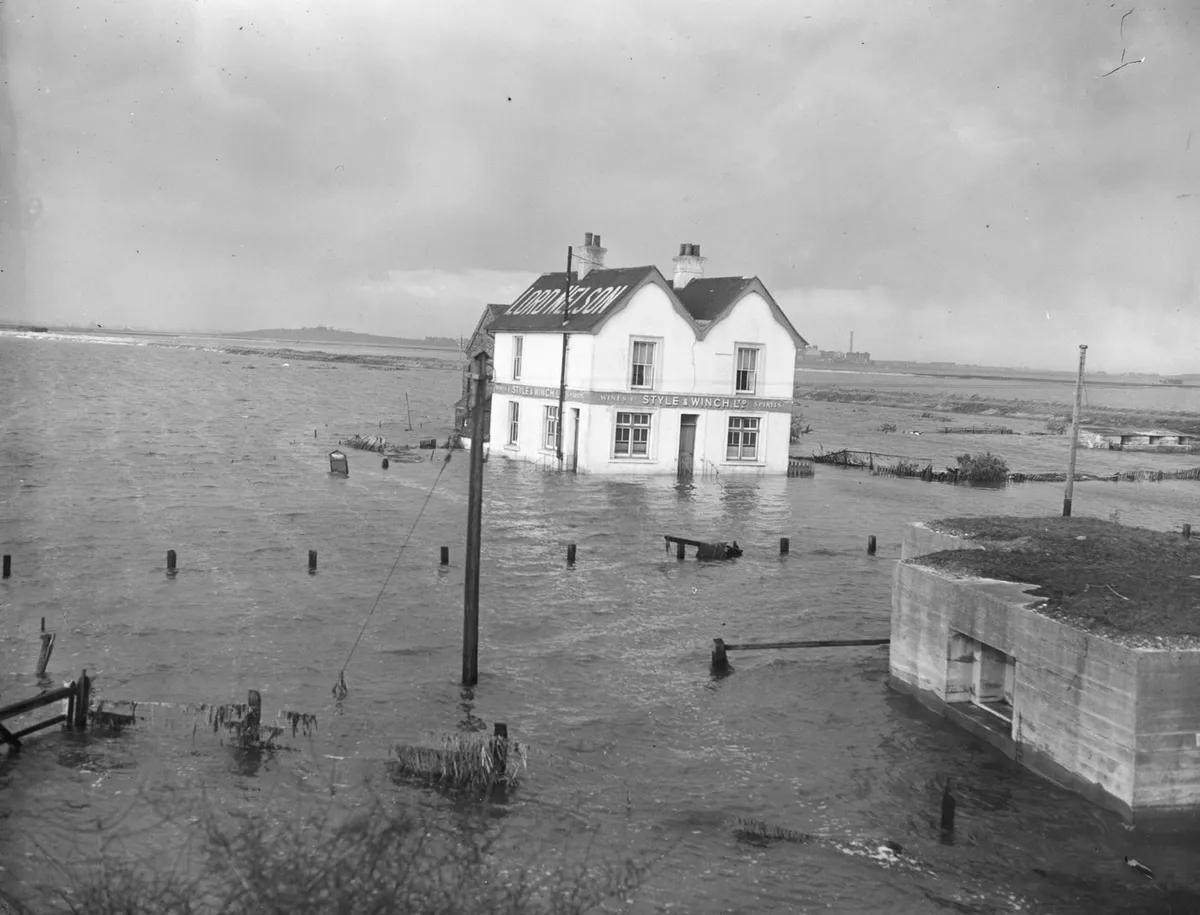
One of the greatest storm surges on record drowned 326 people in the UK at the end of January 1953. The flooding forced 30,000 people to be evacuated from their homes, and 24,000 properties were seriously damaged. 160,000 hectares of eastern England flooded and more than 1,600 km of coastline was damaged.
The events of the Great North Sea Flood led to the construction of the Thames Barrier, to protect the City of London from future storm surges.
The Big Freeze of 1963
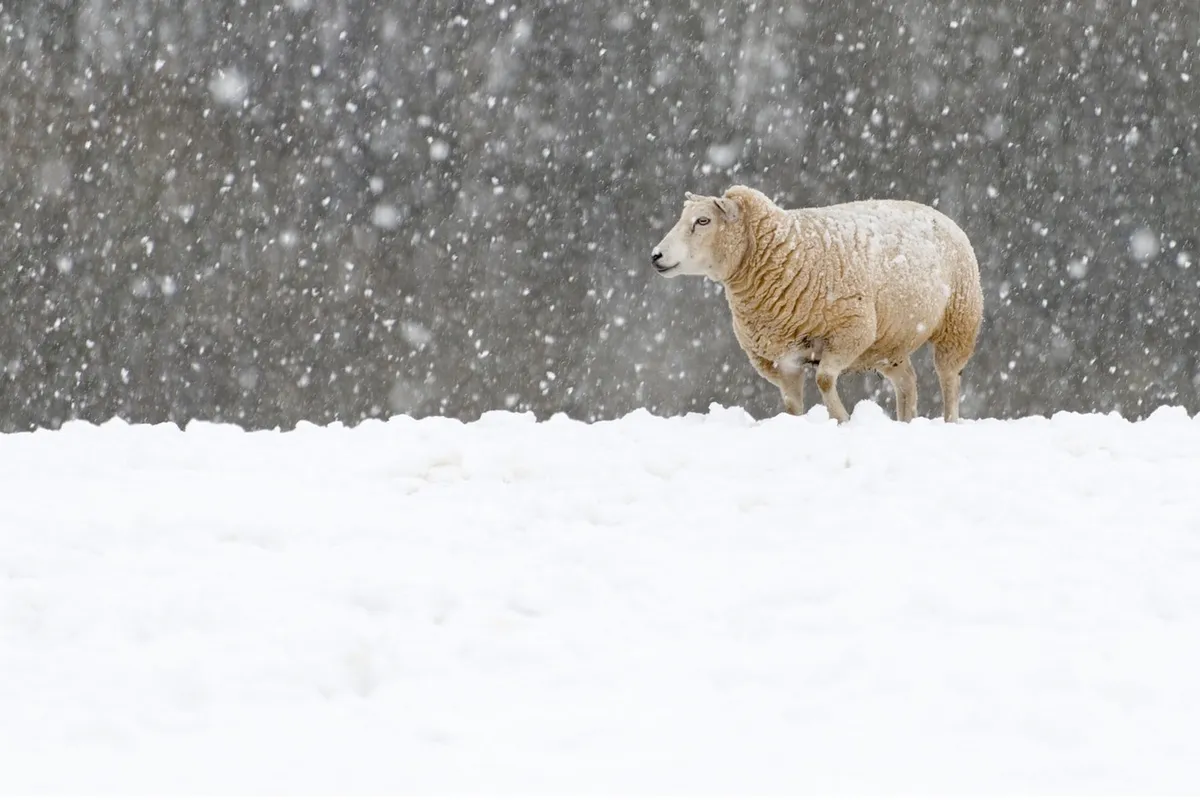
The harsh winter of 1962–1963 was one of the coldest winters on record in the UK. The cold weather started on 22nd December 1962, with snow falling across Scotland on Christmas Eve before sweeping its way south. The Arctic weather lasted until March, with rivers and lake freezing over.
The Great Storm of 1987

One of the most notorious storms to hit the UK, after weather presenter Michael Fish famously dismissed the idea that a hurricane was approaching. In total, 18 people lost their lives in Britain, with the damage caused costing over £1 billion. An estimated 15 million trees were lost, thousands of homes were without power for several days and wreckage blocked the roads and railways across the country. Find out more about The Great Storm of 1987.
Burns' Day Storm - 1990
Hurricane force winds struck southern Scotland on Burns Day 1990, causing the death of 47 people. Damage was widespread, with power supplies cut and roads and railways blocked.
The storm struck during the day rather than overnight, which is why the number of injuries and deaths were so high.
The floods of 2000
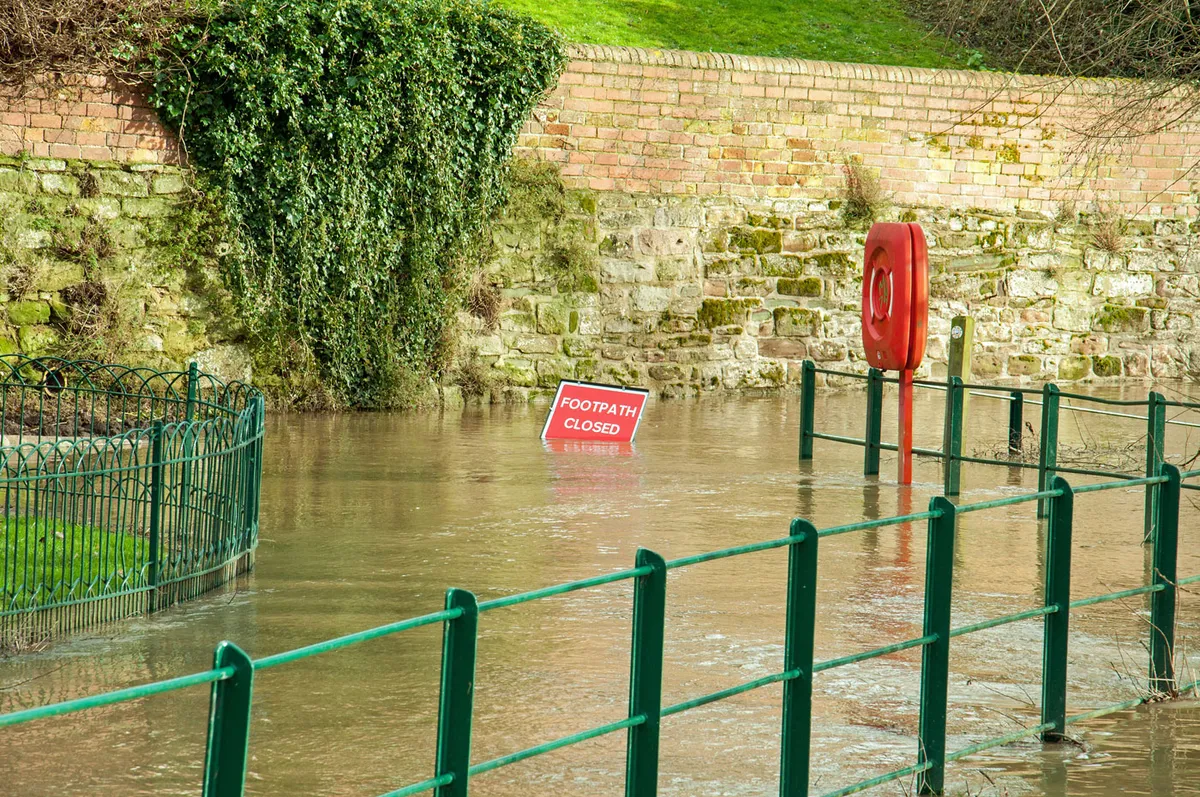
In late October 2000, the UK experienced the wettest autumn in 200 years, with five of the major rivers bursting their banks. Gusts of 93mph battered the country leaving thousands of homes without power and more than 10,000 homes and businesses were flooded at 700 locations. It was estimated that the cost of the damage was £1 billion.
Storms of 2013
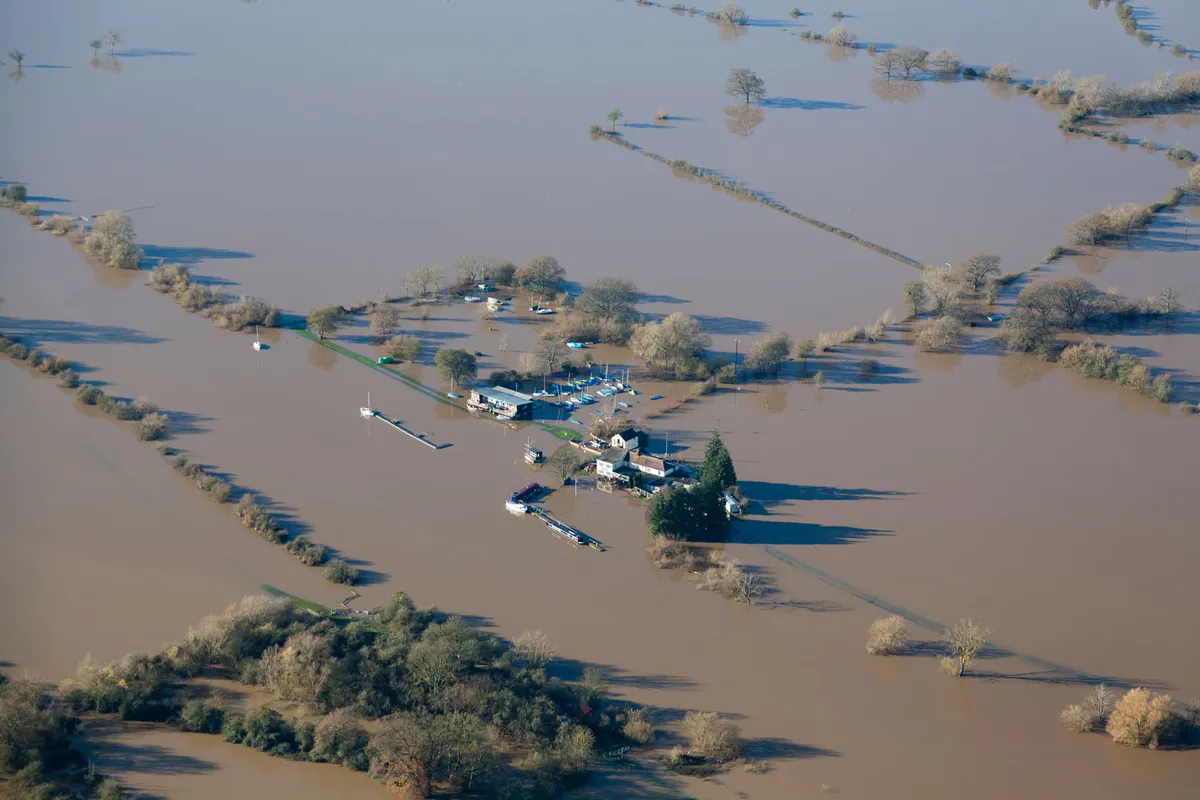
Deemed to be the stormiest December since 1969, widespread gusts of 60-80mph swept through the country, with registered gusts of well over 100mph. The worst of the damage was caused by falling trees, which damaged buildings, cars and power lines. Severe flooding also affected the country, with thousands evacuated from their homes.
The 'Beast from the East', February to March 2018
The 'Beast from the East' is a recurring weather phenomena where polar continental air masses and then descends onto the UK, making it unseasonably bitter. The most major recent occurrence of this was in March 2018, when a blizzard hit the UK causing a number of deaths, widespread snow and frost, and dangerous icy conditions.
Storm Ciara, February 2020
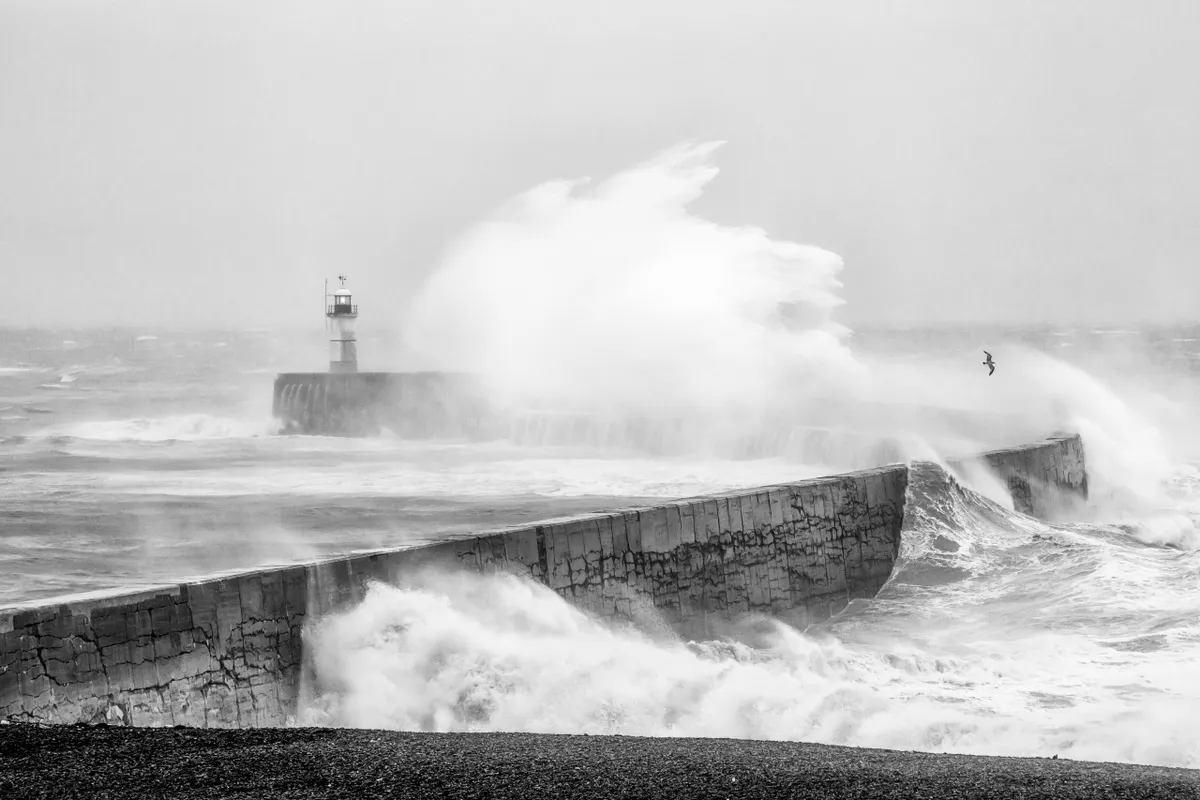
At the start of February, Storm Ciara hit the UK with gusts of up to 97mph with torrential rain, causing electricity outages, flooding and travel chaos across the country with at least 20,000 homes left without power.
Storm Bella, December 2020
It was hard enough trying to celebrate Christmas at the height of a pandemic, and then Storm Bella arrived and flattened the nation's remaining Christmas spirit. Hundreds of homes in Bedfordshire, Oxfordshire, Gloucestershire and Northamptonshire were completely flooded as rivers burst their banks and train services up and down the UK were cancelled. It was a devastating blow for those isolated relatives at a time when families traditionally come together to celebrate.
Storm Darcy, February 2021
Storm Darcy blew its icy path across the UK in February 2021, bringing deep snow to the south east, especially Kent and Essex. A kitesurfer died in Suffolk. The Stevenson screen at the weather station at Cairngorm Chairlift (663masl) was buried in snow, and an extreme avalanche risk was reported in the Pentland Hills south of Edinburgh.
Storm Arwen, November 2021
One of the most powerful and damaging storms in the UK this decade, Storm Arwen arrived in November 2021 and caused a red alert for winds. Thousands of mature trees were felled, causing the deaths of three people in Cumbria, Aberdeenshire and Northern Ireland.
It is thought that the unusual direction of the wind – northerly – partly caused the environmental devastation as the trees had grown to withstand the normal prevailing westerly wind, and weren't well rooted enough to deal with 98mph gusts from the north. Millions of homes were without power as trees brought down power lines. Hundreds of grey seal pups were lost from beaches along the coast of the North Sea.
Storm Eunice, February 2022
The UK was on red alert, with schools closed and roads deemed unsafe to travel. Storm Eunice set a new record for the fastest wind gust recorded in England, with speeds of 122mph at The Needles, Isle of Wight.
Storm Darragh, December 2024

The Met Office issued a rare red weather alert for three million people in parts of Wales and south-west England for 7th December 2024. High winds of up to 90mph brought down power lines and trees, and left tens of thousands of people without electricity for several days.
Many trains were cancelled and airports were forced to cancel or redirect flights to avoid the winds. Christmas markets and sporting fixtures were also cancelled in the run up to the storm. The winds and flooding came after four previous storms in the same year, with many communities still recovering.
More weather stories:
